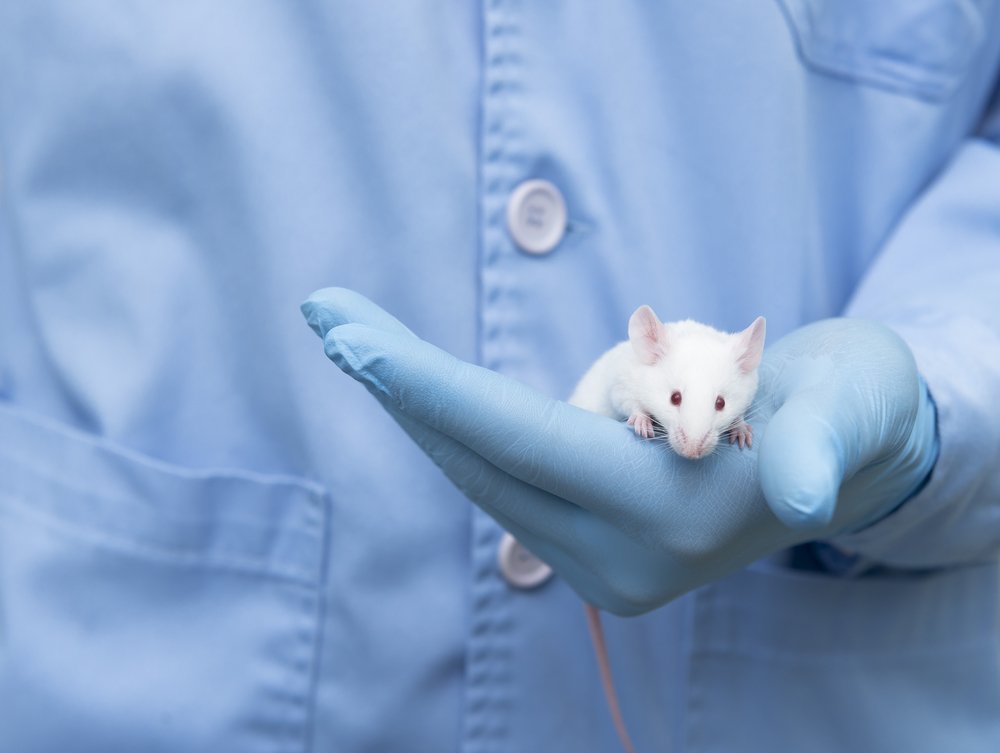New Mouse Model of Late Infantile Batten Disease May Help Assess Potential Therapies
Written by |

A new mouse model of late infantile Batten disease may help to efficiently investigate personalized therapies, a study suggests.
The research, “A tailored mouse model of CLN2 disease: A nonsense mutant for testing personalized therapies,” was published in the journal Plos One.
Animal models are used often to investigate the mechanisms underlying diseases and assess potential therapies before proceeding to human clinical trials. However, the accuracy at which a specific animal model reflects the human condition is a factor that needs to be carefully considered.
Late infantile Batten disease begins between ages 2 and 4 and is characterized by mutations in the CLN2 gene, which codes for the lysosomal enzyme tripeptidyl peptidase 1 (TPP1).
The animal model currently used to study late infantile Batten disease completely lacks the CLN2 gene. However, this model does not accurately reflect the most common human mutation that leads to the disease, in which the CLN2 gene is not completely lost, but is truncated (condensed).
Researchers created a mouse model harboring a mutation that is more similar to the most common human mutation leading to this disease.
Animals were assessed during behavioral tests and TPP1 enzyme activity also was evaluated.
Compared with normal mice, TPP1 activity was significantly reduced (by 90 percent overall) in five different tissues. However, the activity of other enzymes that are dysregulated in other diseases, but not in late infantile Batten disease (PPT1 and sphingomyelinase), were not disrupted in this model.
This is important because it reflects that the enzyme abnormality observed in the new mouse model is specific and not just an overall effect.
Motor strength abnormalities in these animals began at three months of age and were thought to contribute to their short life-span.
Researchers concluded their newly generated mouse model accurately reflects late infantile Batten disease. Because, unlike the previously used model, the new model carries a common CLN2 mutation. It may allow for the assessment of all forms of therapy.




